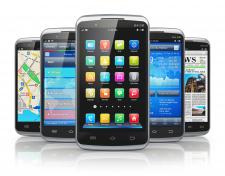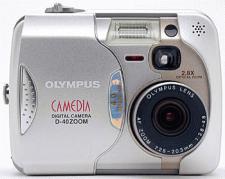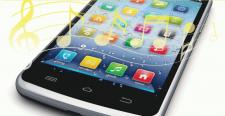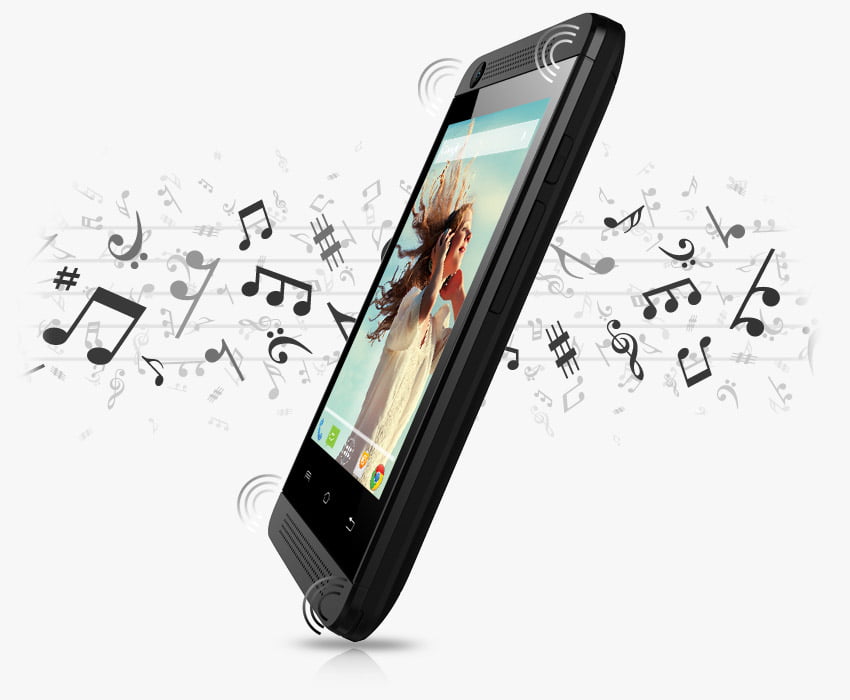It’s the time of year for saving money!
Smartphones have changed our world. In Africa and Asia Smartphones have allowed entire countries to leapfrog from no informational/technological/commercial infrastructure to a wireless one that has completely bypassed the “hard-wired” stage of infrastructure development. In a multiplicity of ways smartphones are one of the biggest technological disrupters we’ve experienced since the first computer.
 Smartphones have almost completely wiped out the market for “point-and shoot” digital cameras. Just this afternoon I was cleaning out my car as I looked for a tire pressure tool. I came across my trusty Olympus Camedia D-40 digital camera, kept in the car to document emergencies, which produces a whopping 4 MP image. That’s exactly what I can get out of my smartphone’s built-in camera. I removed the Olympus from my car (just think of what the weight reduction will do for improving my gas mileage.) Since I always carry my smartphone, the D-40’s ‘s “last best use” has been permanently superseded.
Smartphones have almost completely wiped out the market for “point-and shoot” digital cameras. Just this afternoon I was cleaning out my car as I looked for a tire pressure tool. I came across my trusty Olympus Camedia D-40 digital camera, kept in the car to document emergencies, which produces a whopping 4 MP image. That’s exactly what I can get out of my smartphone’s built-in camera. I removed the Olympus from my car (just think of what the weight reduction will do for improving my gas mileage.) Since I always carry my smartphone, the D-40’s ‘s “last best use” has been permanently superseded.
Will smartphones also wipe out portable music players as completely? If we look to current trends in photographic products we may see some parallels with audio. Just as smartphones eliminated the market for low-end entry-level point-and-shoot cameras, I suspect that entry-level portable MP3 players are toast. When you can stream from multiple sources via your phone, it has storage for 128G of data, and its battery life is up to 24 hours of regular use without a recharge why would you need a separate portable audio player? The simple answer is, you don’t.
 But just because a smartphone makes the reasons for owning an entry-level portable MP3 player nonexistent, it does not mean that all portable players will be done in by smartphones. Smartphones haven’t made a dent in the professional DSLR camera sales because a phone can’t compete with a pro camera when it comes to image quality and usability. I have yet to see a smartphone that can be used with a studio strobe. And while there are beginning to be smartphones with MQA and high definition audio capabilities, I think it will be a long while before one can play 5.6 DSD files natively or function as a USB DAC or USB to SPDIF convertor (as can some top-of-the-line portable players.) So, just as DSLRs continue to exist, so will high-performance premium portable players.
But just because a smartphone makes the reasons for owning an entry-level portable MP3 player nonexistent, it does not mean that all portable players will be done in by smartphones. Smartphones haven’t made a dent in the professional DSLR camera sales because a phone can’t compete with a pro camera when it comes to image quality and usability. I have yet to see a smartphone that can be used with a studio strobe. And while there are beginning to be smartphones with MQA and high definition audio capabilities, I think it will be a long while before one can play 5.6 DSD files natively or function as a USB DAC or USB to SPDIF convertor (as can some top-of-the-line portable players.) So, just as DSLRs continue to exist, so will high-performance premium portable players.
What other audio technologies are going to be disrupted by smartphones? I suspect that smartphones are going to or have already supplanted other “front end” entertainment devices. You don’t need a dedicated audio or video streaming box for Internet sources if you can stream from your phone directly to your TV monitor, Bluetooth speaker, or stereo. And maybe, just maybe, you don’t need a TV monitor if you can hook up your smartphone to a pair of high-resolution 3-D viewing glasses to watch your video and stream your content to additional sets of 3-D glasses if you have guests…
 When it comes to mass-market audio and video devices the smartphone’s ascendency to the status of go-to personal electronic device has disrupted both image-making and content-receiving in major and irrevocable ways. For those manufacturers whose businesses have been directly impacted by smartphones there are only two options, fold or develop more targeted enthusiast and niche market products with specialized features and performance capabilities that far exceed what can be gleaned from a smartphone.
When it comes to mass-market audio and video devices the smartphone’s ascendency to the status of go-to personal electronic device has disrupted both image-making and content-receiving in major and irrevocable ways. For those manufacturers whose businesses have been directly impacted by smartphones there are only two options, fold or develop more targeted enthusiast and niche market products with specialized features and performance capabilities that far exceed what can be gleaned from a smartphone.
So, FIIO, Sandisk, and AGPTEK, the next move is yours…








